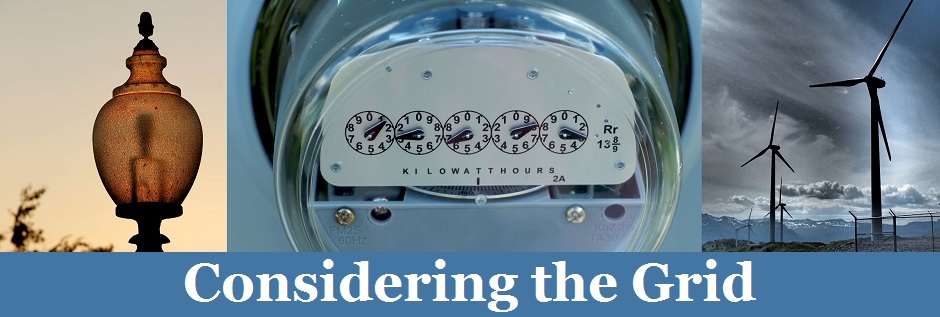While the new administration shapes its policies on renewable energy development, the Governors’ Wind & Solar Energy Coalition, a bipartisan group made up of twenty state governors,* published a letter earlier this month urging the President to support the nation’s expanding renewable energy industry. The Coalition focuses on the development and distribution of solar and wind energy. One of its goals, identified in a 2008 report by the Bush Administration’s Department of Energy includes working to increase wind energy’s contribution to the nation’s electricity supply to 20% by 2030.
The Coalition’s letter makes four specific recommendations: (1) include funding for grid modernization in national infrastructure legislation; (2) adopt comprehensive long-term offshore wind development legislation; (3) increase federal funding for wind and solar research and development; and (4) streamline the permitting process to provide for better collaboration with relevant federal agencies. The Coalition also suggests creating “a new state-federal task force, perhaps in conjunction with the Federal Energy Regulatory Commission and the National Laboratories, to examine options to modernize and streamline state and federal regulatory processes,” with the goal of stimulating private sector and utility investments in the electric system.
The letter follows legislative initiatives focusing on renewable energy in several states. The Maryland Senate voted earlier this month to override Governor Larry Hogan’s veto of a bill to increase the state’s renewable energy standards from 20% to 25% by 2020. In December, Illinois passed legislation setting a Renewable Portfolio Standard (RPS) target of 25% by 2025 and creating a community solar program, among other provisions. Also in December, Michigan passed sweeping reforms to its statewide energy policy that include increasing its target RPS to 15% by 2021.
* Members of the Governors’ Wind & Solar Energy Coalition include: Arkansas, California, Colorado, Delaware, Hawaii, Illinois, Iowa, Kansas, Maryland, Massachusetts, Minnesota, Montana, New York, North Dakota, Oregon, Pennsylvania, Rhode Island, South Dakota, Virginia, and Washington.

